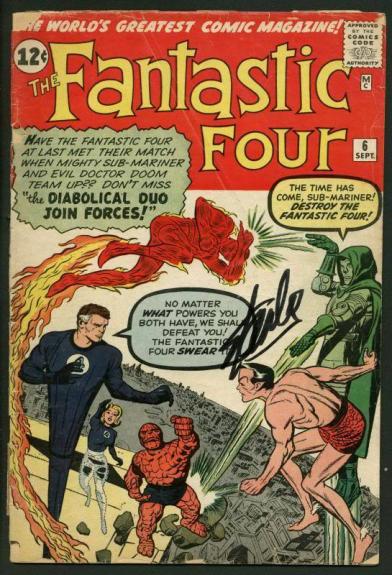KJ's Collectables LLC.
Buy, Sell. Trade, Consign and More!
Whether you’re a passionate collector or you just stumbled upon a valuable box of vintage comics, knowing how to preserve and store vintage comic books can make all the difference in their longevity and value. According to the Certified Guaranty Company (CGC), even small amounts of light, temperature changes, or humidity can degrade the paper quality, fading those vibrant covers and weakening pages. So, how can you best protect your collection? Here’s what you need to know about proper comic book storage tips to keep your comics pristine.

Vintage comic books have a unique cultural value, telling stories and capturing the history of different decades. And if you’re hoping to sell them, their value can significantly increase based on their condition. But the reality is, improper storage can lead to yellowed pages, tears, and even mold. That’s why preserving and storing vintage comic books effectively is essential for collectors and investors alike.
The first step to protecting vintage comics is selecting the ideal environment. Comics are susceptible to changes in temperature and humidity, both of which can quickly deteriorate paper quality.
Pro Tip: Use a dehumidifier in storage spaces to keep humidity levels consistent.
Light exposure, especially from UV rays, can cause fading and discoloration over time. Even household lights can damage delicate paper.
Tip: Some collectors use UV-filtering glass on frames if they want to display their most prized covers safely.
Choosing the right materials for storage is essential. Here’s a guide to some of the most effective ways to protect your vintage comics long-term.

Using bags and boards is one of the most widely recommended comic book storage tips. These materials keep your comics protected from dust, light, and physical damage.
Remember: Replace bags and boards every 5-7 years, as even acid-free materials can break down over time.
Once bagged and boarded, your comics should be stored in dedicated comic boxes. Choose acid-free, archival-quality boxes to prevent deterioration.
If you’re storing graded comics (professionally assessed and encased comics), make sure the boxes accommodate the larger plastic casings.
Proper handling is just as crucial as storage. Even a single fingerprint can cause long-term damage to collectible comics, and bending or folding pages can lead to tears and creases.
To ensure your comics remain in the best possible condition, regular monitoring and maintenance are necessary.
Additionally, if you’re considering selling or showcasing your collection, professional grading services are recommended for determining comic condition. Certified grades significantly impact resale value.
If you’re dealing with a large or high-value comic collection, it’s worth considering a climate-controlled storage unit. These facilities maintain consistent temperature and humidity, which is ideal for preserving and storing vintage comic books. Look for units specifically designed for storing valuables, as they often include advanced security and climate control features.
Failing to properly store vintage comics can lead to severe degradation in quality—and value. A comic that could sell for hundreds of dollars may only be worth a fraction if it’s damaged by poor storage. This makes investing in proper storage and protection worthwhile, especially if you’re holding onto comics for sale in the future.

For more in-depth resources on preserving your comic collection, check out the Library of Congress’s guide on preservation for expert advice on archival techniques.
Preserving and storing vintage comic books isn’t just about keeping them clean; it’s about protecting cultural history. By following these tips—maintaining a stable environment, using quality bags and boards, and handling them with care—you’re setting up your collection for decades of enjoyment and potential appreciation in value.